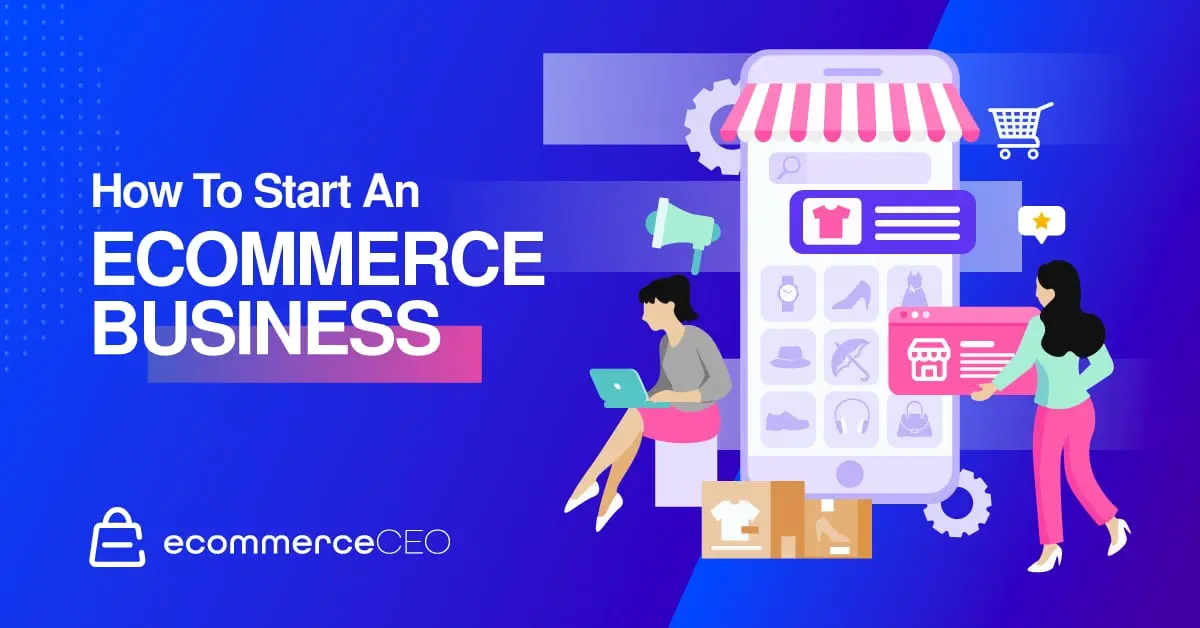Today, e-commerce has become an essential part of business marketing strategies. With constantly changing consumer shopping habits, companies need to continuously adjust their overall marketing strategies to meet market demands. In this article, we will explore some e-commerce marketing guidelines and provide practical examples to help you develop more effective e-commerce marketing strategies.
Determine your target audience
Understanding your target audience is crucial before developing a marketing strategy. By understanding your potential and current customers, you can better understand their needs and expectations and develop more targeted marketing strategies.
For example, if your target audience is young people, you may need to advertise on social media because young people are more likely to interact on these platforms. If your target audience is middle-aged or elderly people, you may need to reach them through email or search engines.
Optimize your website
Your website is the most important part of your e-commerce marketing strategy. Ensure that your website is easy to navigate and use and can be accessed on various devices. Also, ensure that your website content is consistent with your brand and products and use high-quality images and videos to attract potential customers.
For example, Amazon is a good example. Their website is very user-friendly with a simple search bar and category directory that helps customers quickly find what they need. Additionally, they provide a lot of user reviews and images to help customers make more informed purchasing decisions.
Utilize social media
Social media is a very useful marketing tool that can help you connect with customers and increase brand awareness. Ensure that you establish a presence on the appropriate platforms and regularly post interesting and useful content.
For example, Coca-Cola is a good example. They have over 10 million followers on Facebook and post interesting and creative content every day. This content not only helps them connect with customers but also helps increase brand awareness.
Optimize search engines
Search engine optimization (SEO) can help your website rank higher on search engine results pages. Ensure that your website content is original and valuable and use the correct keywords and meta tags to help search engines understand your website content.
For example, when people search for "shoes," Nike's website typically ranks first on the search results page. This is because they optimized their website content and used the correct keywords and meta tags to help search engines understand the shoes they sell on their website.
Offer discounts and promote sales
Discounts and promotions are a good way to attract new customers and retain existing customers. You can attract customers by offering discounts, free shipping, or other promotions and promote these marketing activities on social media and email.
For example, when Macy's offered free shipping during the holiday shopping season, they attracted a lot of attention from consumers and increased sales. Additionally, they promoted these promotions on social media to attract more potential customers.
Provide quality customer service
Quality customer service is key to retaining existing customers and attracting new ones. Ensure that your customer service team can quickly respond to customer questions and issues and provide useful solutions. Additionally, ensure that your return and refund policies are clear and easy to understand.
For example, Zappos is a good example. They offer 24/7 customer service and allow customers to return items for free within 365 days of purchase. This quality customer service not only helps retain existing customers but also helps increase brand reputation and word-of-mouth.
These guidelines can help you develop e-commerce marketing strategies to attract new customers, retain existing customers, and increase brand awareness.

